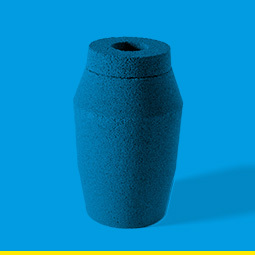Product data
The geometric information on all the products we have made for our customers – including both off-the-shelf and custom-made products – can be accessed via a user-friendly interface. In addition to classic 3-D data in .stp, .stl and .igs files, you can also download or import simulation data (e.g., .mgo files for MAGMA). Also available are important documents such as safety information, certificates, technical data, and information about how to use each riser.
Transparency during development
Projects are documented by our team and all the information is available to our customers. This includes documentation of tasks, development projects, samples, product changes, and tests. Our customers can check the current status and involve themselves actively in the success of their project.
Complaint management
MisErrors can occur during any process and defects can never be completely eradicated. The question is: How are complaints dealt with? We have developed a complaint management system that allows our customers to check the status of any complaint they may have made and review the documentation. That way we can look at the measures that have been decided, review their effectiveness, and optimize them where required.

















